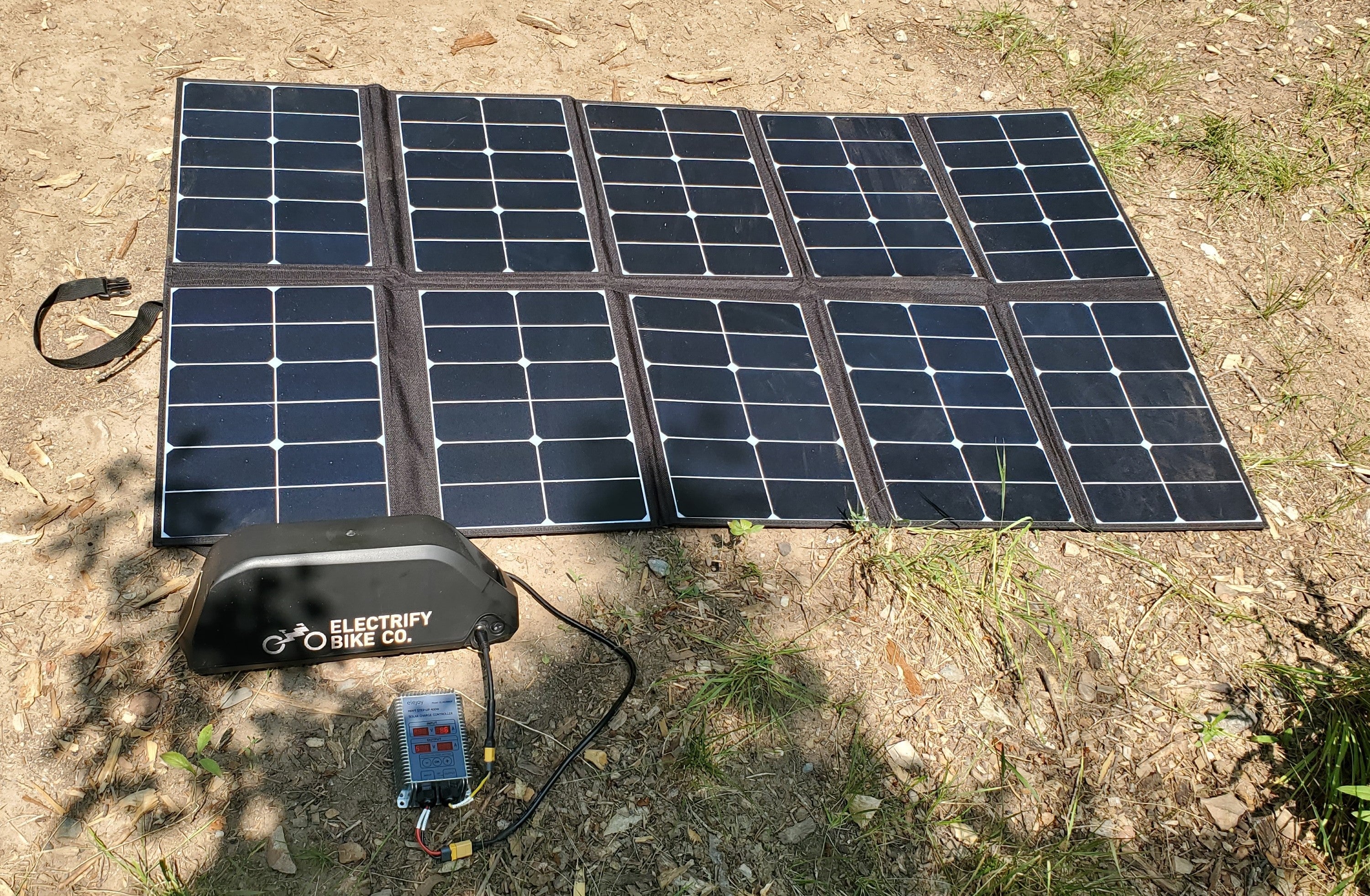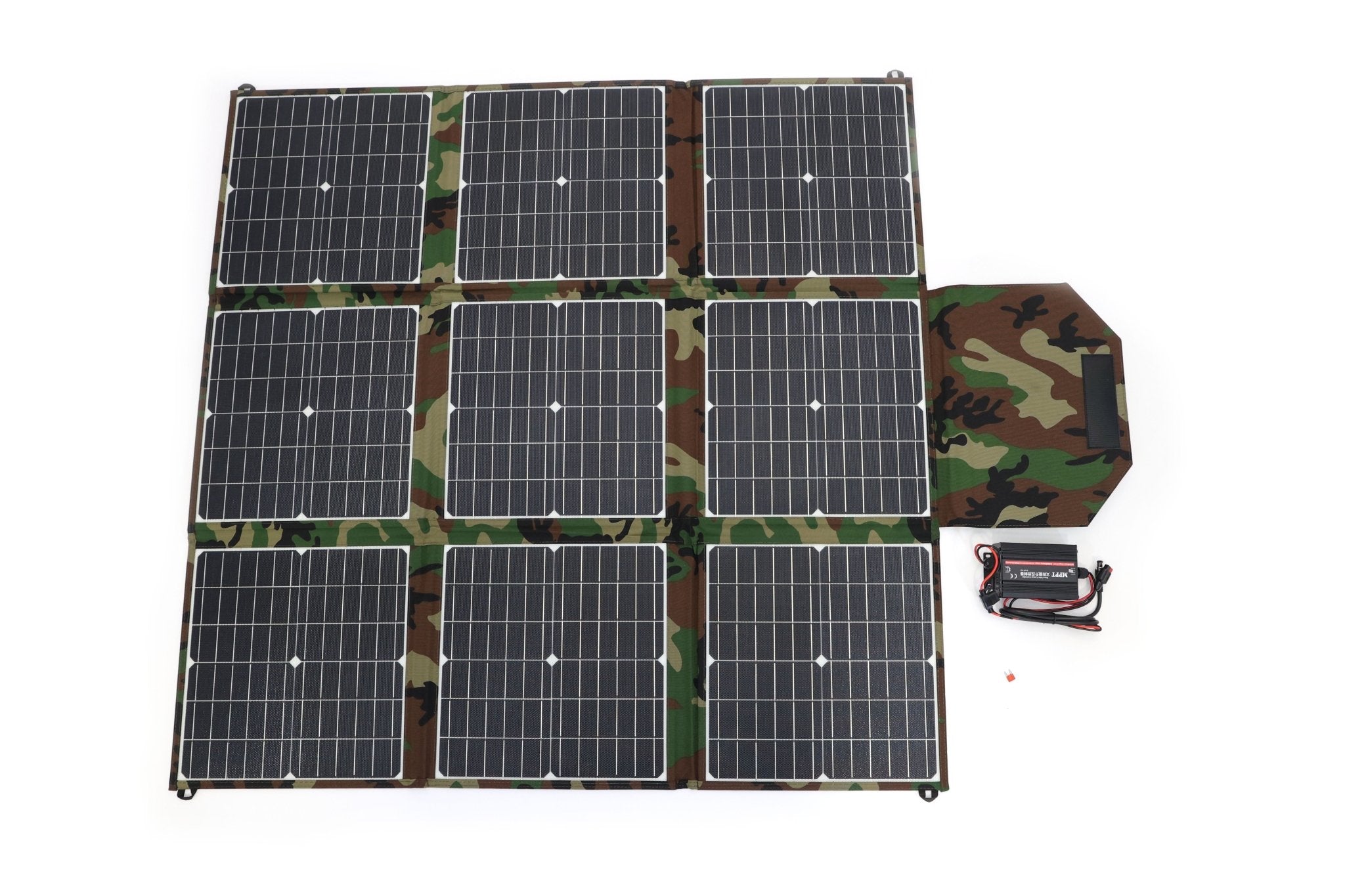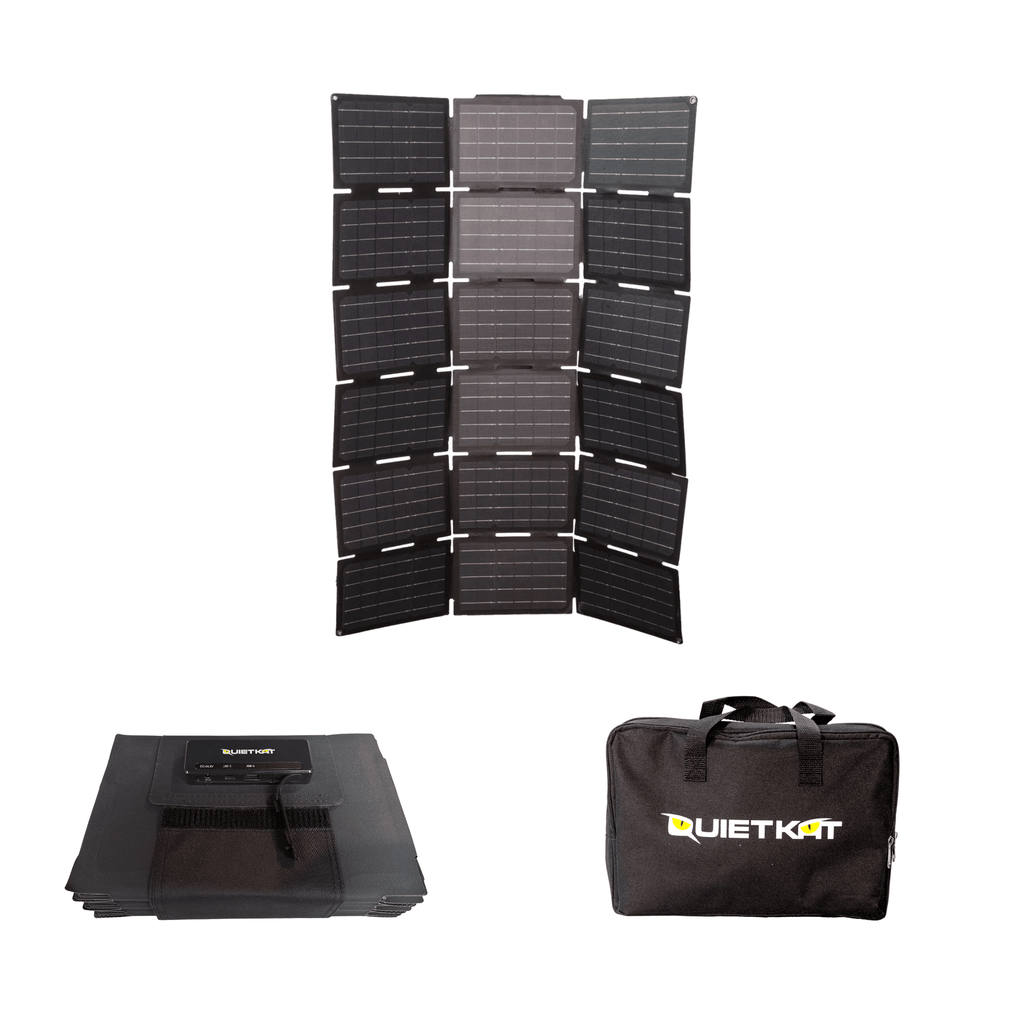eTouringOldie
New Member
I'm looking for a 200W charging system for my 48volt ebike battery. I want it to be portable (foldable enough to store in a bike trailer when not in use) so I can do some touring without worrying about finding outlets every day. I presume that I'll ride mornings and/or evenings and charge in the middle of the day. A more ambitious version of this story would be to figure out a way to mount the solar panels to allow charging while I ride, but that's probably a pipe dream.
Question: pre-packaged systems which directly charge the ebike battery seem to have a 'step-up MPPT charging controller' which accepts the PV, which can be anywhere from 12V to around 30V and steps the voltage up to 48V (or even as high as 72V in some cases). Seems like the inverter option means carrying more gear (AC charger, inverter, solar panels and whatever hardware is included to output to the inverter) vs a 'direct connect approach, although I imagine I'll carry the AC charger in any case.
As you can probably tell, I barely know what I'm talking about. Key point here is that I'm looking for a system to be used for one purpose only (charge the ebike battery).
Here are some examples of the pre-packaged system I've considered:

 www.electrifybike.com
www.electrifybike.com

 bakcou.com
bakcou.com

 quietkat.com
quietkat.com
Maybe there's no better/cheaper DIY option?
Thanks for any assistance!
Question: pre-packaged systems which directly charge the ebike battery seem to have a 'step-up MPPT charging controller' which accepts the PV, which can be anywhere from 12V to around 30V and steps the voltage up to 48V (or even as high as 72V in some cases). Seems like the inverter option means carrying more gear (AC charger, inverter, solar panels and whatever hardware is included to output to the inverter) vs a 'direct connect approach, although I imagine I'll carry the AC charger in any case.
As you can probably tell, I barely know what I'm talking about. Key point here is that I'm looking for a system to be used for one purpose only (charge the ebike battery).
Here are some examples of the pre-packaged system I've considered:

Solar 200 Watt Ebike Battery Charger - Sun200
Electrify Bike Sun200 - 200 Watt Solar Solar Ebike Battery Charger Charges 36v, 48v, 52v, 60v, and 72v batteries.
 www.electrifybike.com
www.electrifybike.com

200 Watt Solar Panel - Bakcou
Discover our powerful 200-watt solar panel for efficient, eco-friendly energy generation. Go solar with Bakcou today!

Portable Ebike Solar Charging Station
Take your adventures to the next level with QuietKat's new Portable Solar Charging Station. Charge on the go at an incredible 150w of power! Similar charge time to the standard wall outlet, in ideal conditions!
 quietkat.com
quietkat.com
Maybe there's no better/cheaper DIY option?
Thanks for any assistance!


